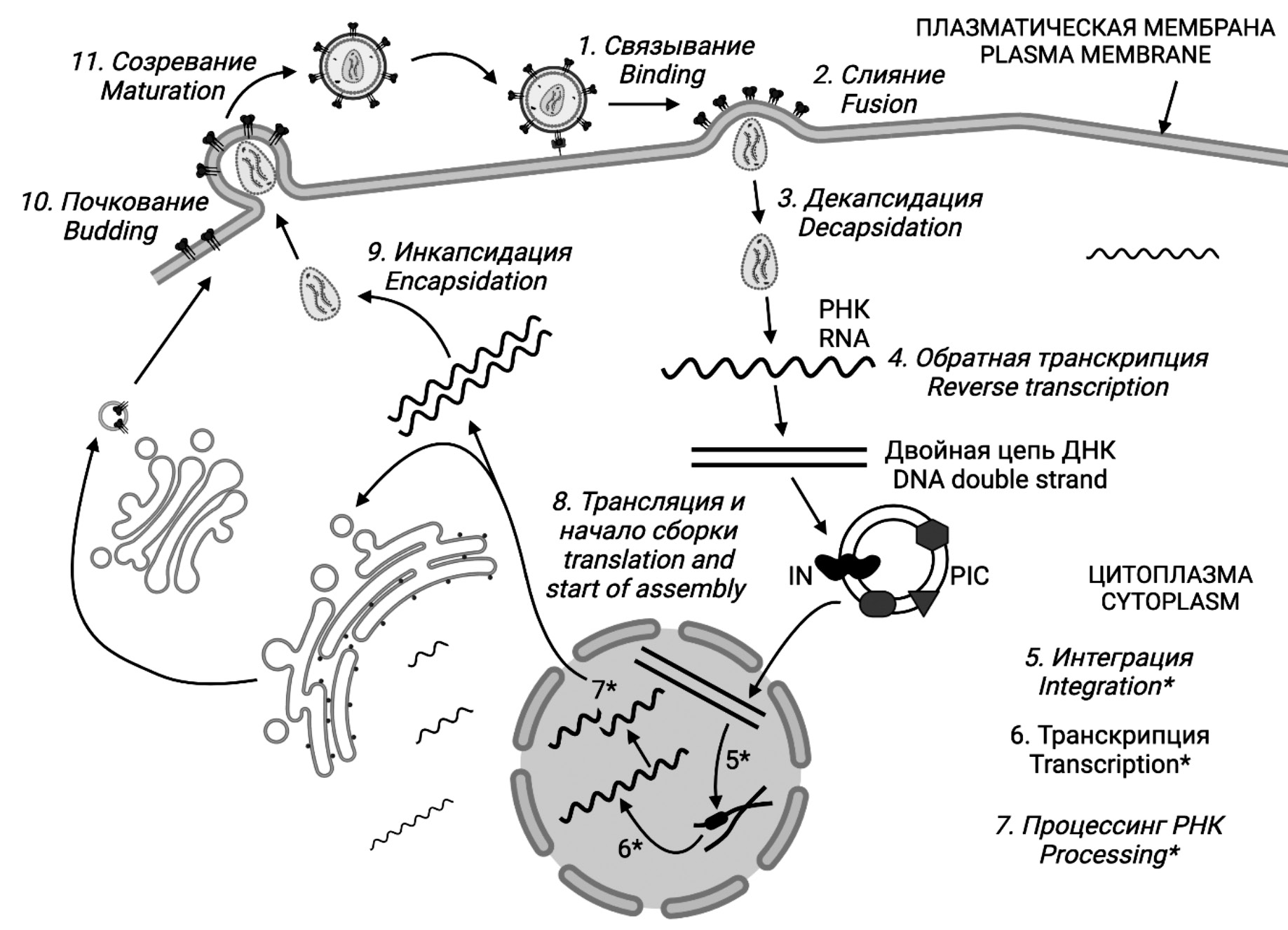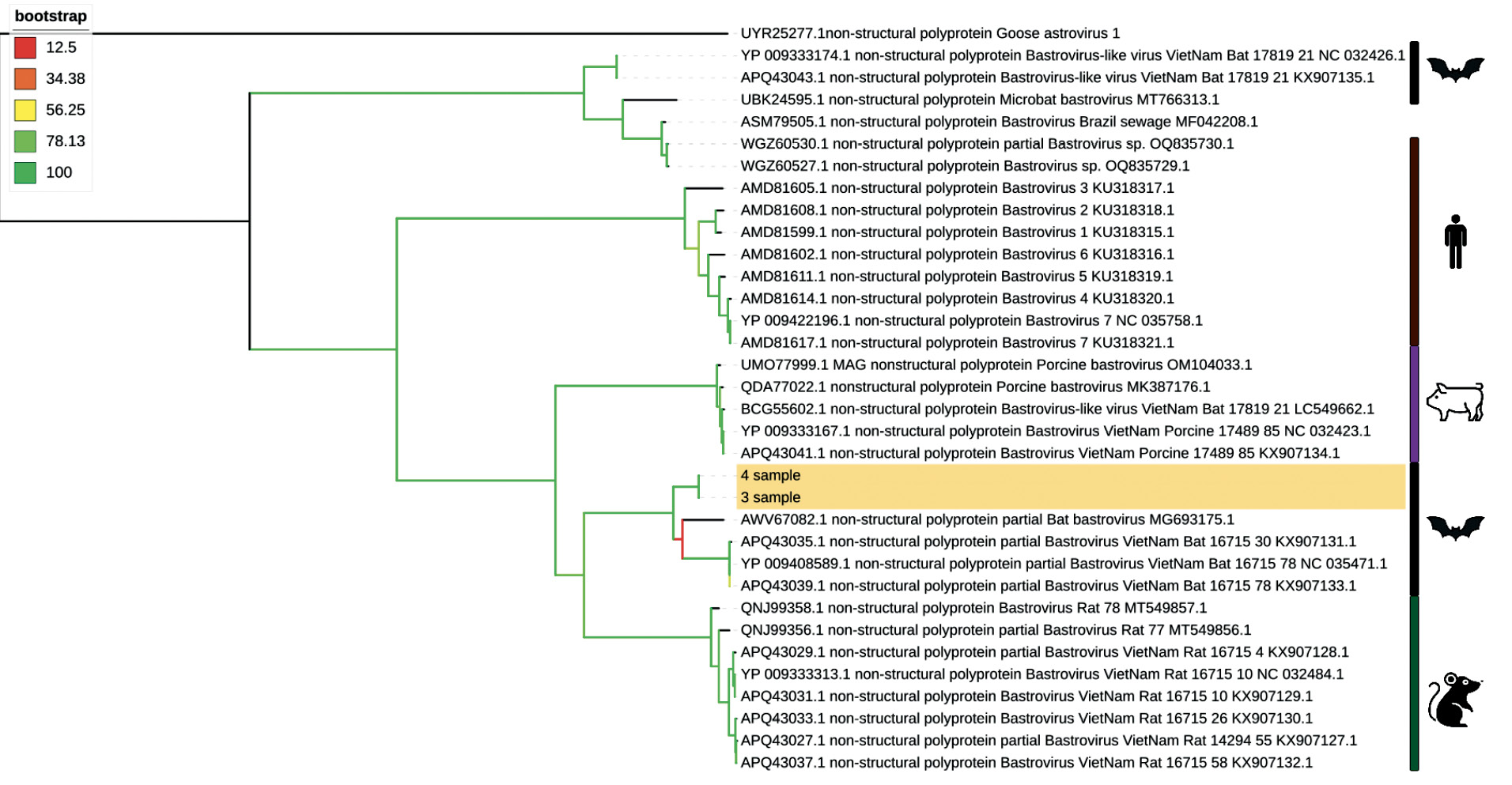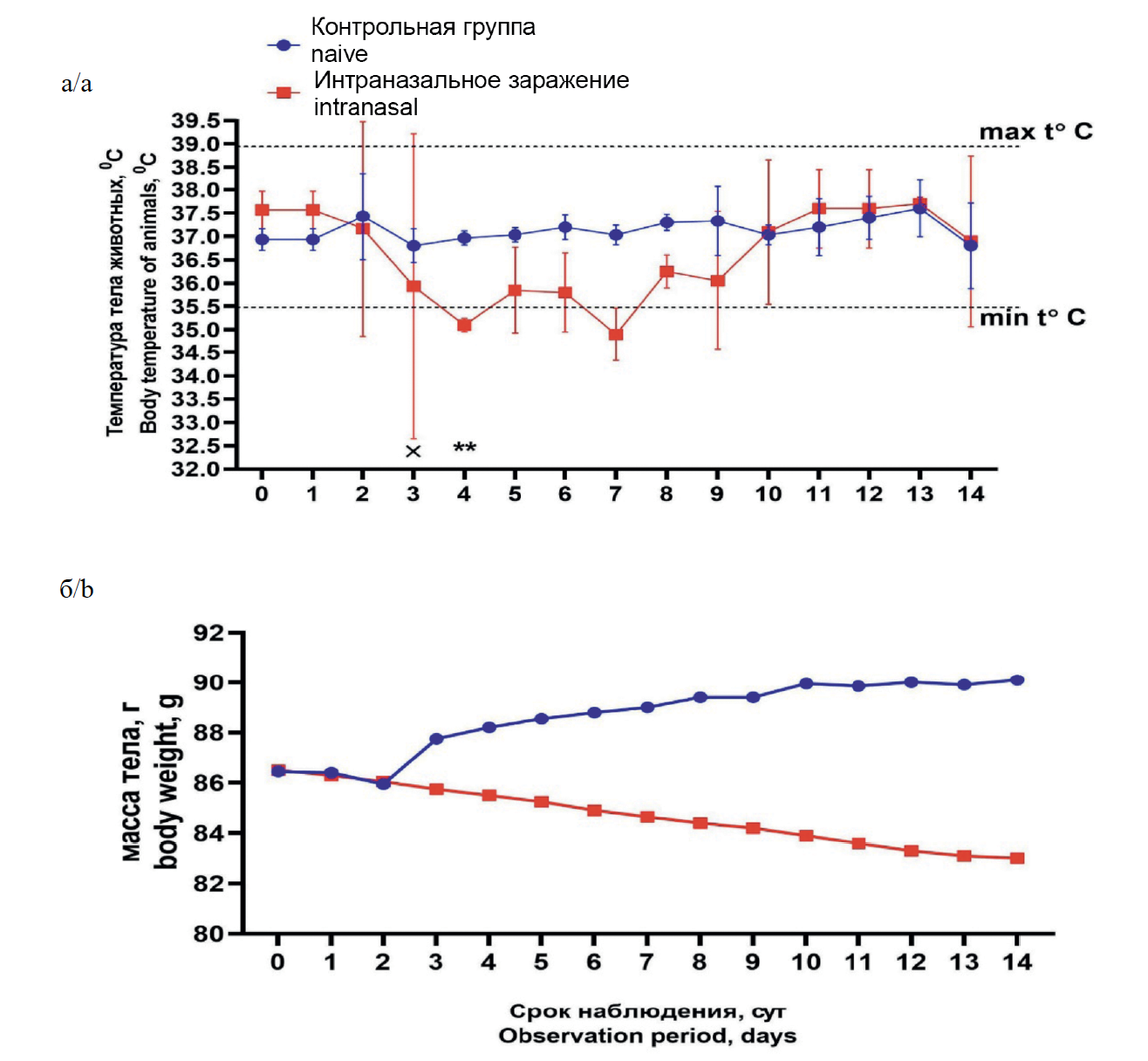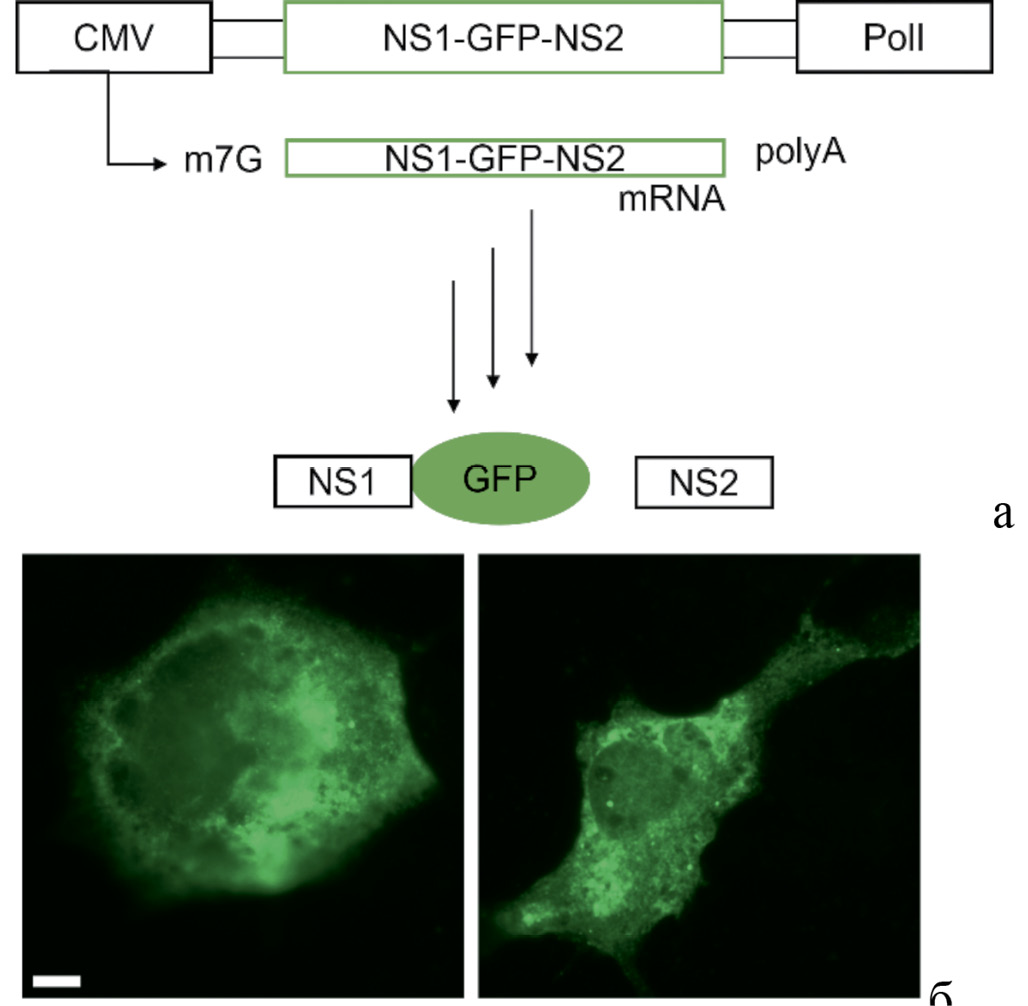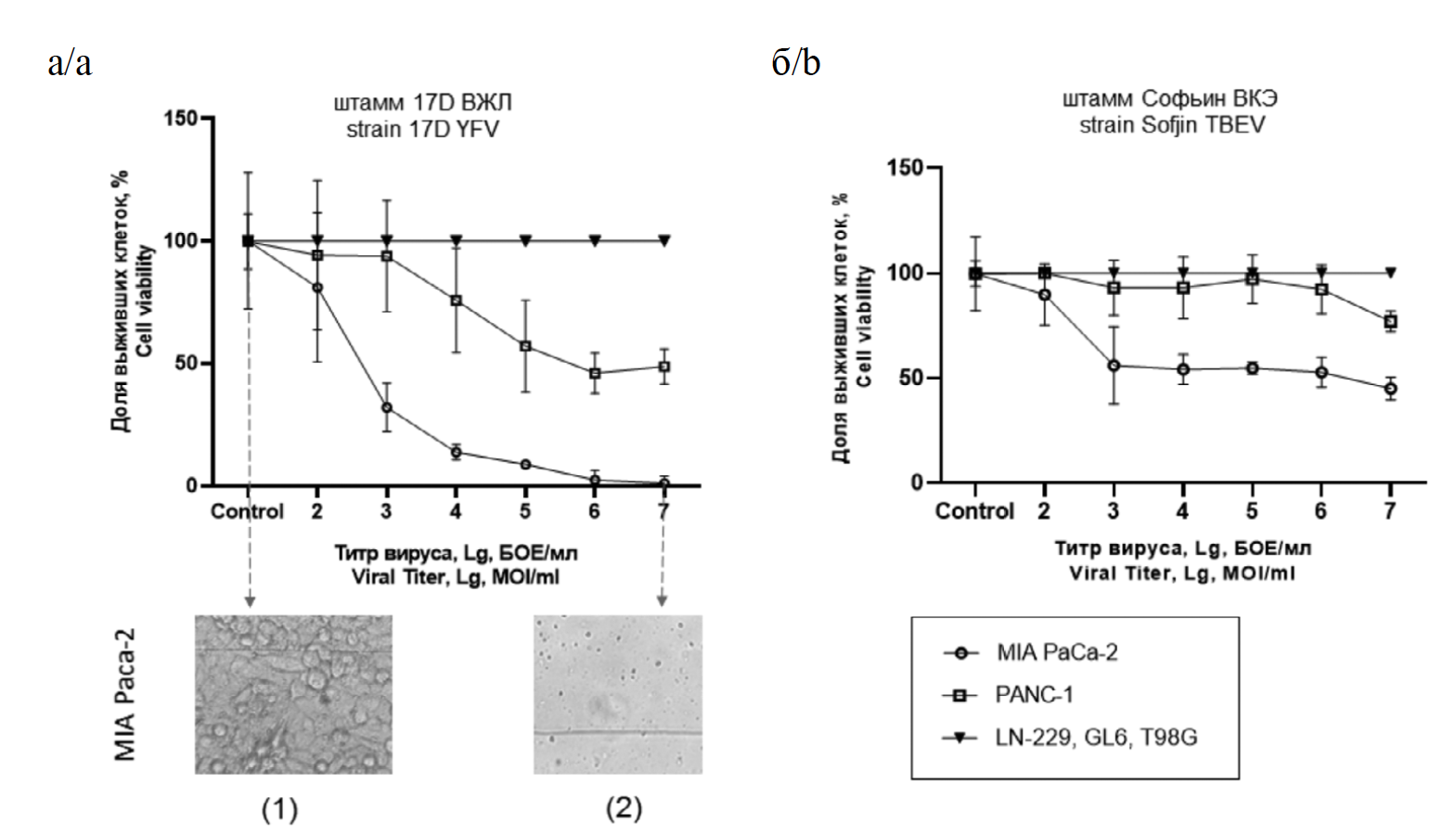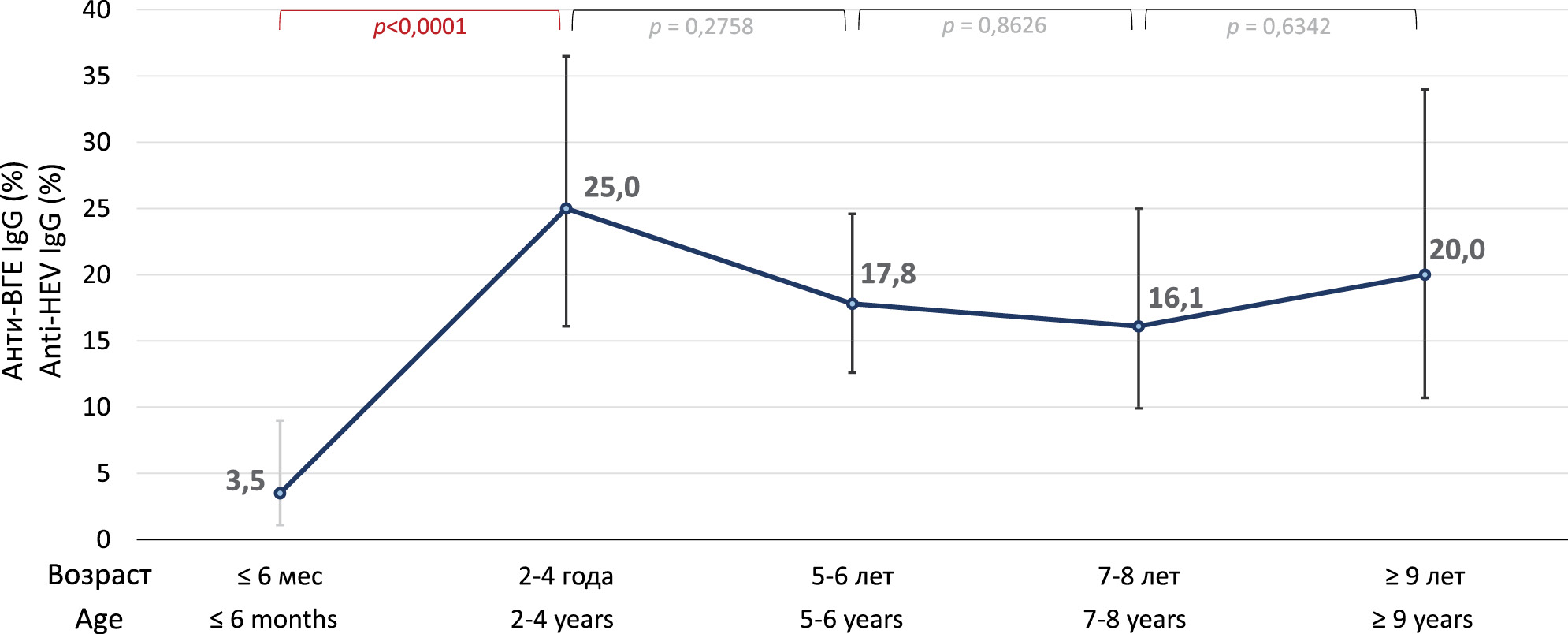Vol 68, No 6 (2023)
- Year: 2023
- Published: 26.12.2023
- Articles: 8
- URL: https://virusjour.crie.ru/jour/issue/view/131
Full Issue
REVIEWS
Persistent form of bovine viral diarrhea
Abstract
The review provides an analysis of literature data on the persistent form of Bovine Viral diarrhea/Mucosal disease (BVD) and is focused on virus and host factors, including those related to immune response, that contribute the persistence of the virus. BVD is a cattle disease widespread throughout the world that causes significant economic damage to dairy and beef cattle. The disease is characterized by a variety of clinical signs, including damage to the digestive and respiratory organs, abortions, stillbirths and other failures of reproductive functions.
 465-478
465-478


Neurotropic enteroviruses (Picornaviridae: Enterovirus): predominant types, basis of neurovirulence
Abstract
Enteroviruses are one of the most common causative agents of infectious diseases of the central nervous system. They are characterized by genetic variability, the ability to infect a wide range of cells, including brain microglial cells and astrocytes, and persist in the central nervous system tissue, causing delayed and chronic diseases. The review presents data on the basis of neurovirulence of non-polio enteroviruses and the most common pathogens causing enteroviral neuroinfections.
 479-487
479-487


Cellular proteins as potential targets for antiretroviral therapy
Abstract
The review article conducts an in-depth analysis of information gleaned from a comprehensive literature search across Scopus, Web of Science, and MedLine databases. The focal point of this search revolves around the identification and exploration of the mechanisms orchestrated by host cell factors in the replication cycle of the human immunodeficiency virus (HIV-1, Retroviridae: Orthoretrovirinae: Lentivirus: Human immunodeficiency virus-1). The article delves into two primary categories of proteins, namely HIV dependence factors (such as CypA, LEDGF, TSG101) and restriction factors (including SERINС5, TRIM5α, APOBEC3G), providing illustrative examples. The current understanding of the functioning mechanisms of these proteins is elucidated, and an evaluation is presented on the potential development of drugs for treating HIV infection. These drugs aim to either inhibit or stimulate the activity of host factors, offering insights into promising avenues for future research and therapeutic advancements.
 488-504
488-504


ORIGINAL RESEARCHES
Bastroviruses (Astroviridae): genetic diversity and potential impact on human and animal health
Abstract
Introduction. Bastroviruses were discovered in the Netherlands in 2016 in human stool samples and show partial genetic similarities to astroviruses and hepatitis E viruses. Their association with disease onset has not yet been established.
Materials and methods. Metagenomic sequencing of fecal samples of Nyctalus noctula bats collected in the Russian Federation in 2023 was performed. Two almost complete genomes of bastroviruses were assembled. The zoonotic potential of these viruses was assessed using machine learning methods, their recombination was studied, and phylogenetic trees were constructed.
Results. A nearly complete bastrovirus genome was de novo assembled in one of the samples, and it was used to assemble another genome in another sample. The zoonotic potential of the virus from one of these samples was estimated as high. The existence of recombination between structural and non-structural polyproteins was demonstrated.
Conclusion. Two bastrovirus genomes were assembled, phylogenetic and recombination analyses were performed, and the zoonotic potential was evaluated.
 505-512
505-512


Clinical symptoms and signs in hamsters during experimental infection with the SARS-CoV-2 virus (Coronaviridae: Betacoronavirus)
Abstract
Introduction. At the beginning of December 2019, humanity has faced a new problem caused by coronavirus. In Hubei province of central China, epidemic events associated with severe primary viral pneumonia in humans began to develop. The isolated etiological agent was identified as a representative of Coronaviridae family. The global pandemic associated with the new coronavirus infection, acute respiratory syndrome type 2 (Severe acute respiratory syndrome 2, SARS-CoV-2), has become a challenge for humanity.
Objective. In our work, we assessed the replicative ability and pathogenesis of the SARS-CoV-2 virus in hamsters.
Materials and methods. Syrian hamsters (n=16) randomly divided into two groups were used in experiment. The first group was infected intranasally with the SARS-CoV-2 virus, strain SARS-CoV-2/human/KAZ/KZ_Almaty/2020 deposited in GenBank under number MZ379258.1. The second group remained as a control group. Clinical manifestations of the disease in hamsters were observed within 14 days. Samples were collected on days 3, 5, 7, 9, 12, and 14 postinfection. The obtained samples were tested for viral isolation in cell culture, histological examination and analysis of viral RNA by RT-PCR.
Results. SARS-CoV-2 virus isolates showed efficient replication in the lungs of hamsters, causing pathological lung lesions in animals infected intranasally. Clinical manifestations of the disease in hamsters infected with this virus were characterized by a decrease in temperature and body weight, wetness and ruffled fur, and frequent stroking of the nasal planum. High virus titers were observed following the virus isolation in cell cultures from nasal, oral swabs and lungs of animals infected intranasally. Pathological autopsy demonstrated pathological changes in the lungs. Moreover, transmission by airborne droplets has been established when a healthy hamster was kept together with animals infected using the intranasal method.
Conclusion. In conclusion, our study showed that the Syrian hamster model is a useful tool for studying the SARS-CoV-2 pathogenesis, as well as testing vaccine candidates against acute respiratory syndrome type 2.
 513-525
513-525


Determination of cold-adapted influenza virus (Orthomyxoviridae: Alphainfluenzavirus) polymerase activity by the minigenome method with a fluorescent protein
Abstract
Introduction. Polymerase proteins PB1 and PB2 determine the cold-adapted phenotype of the influenza virus A/Krasnodar/101/35/59 (H2N2), as was shown earlier.
Objective. The development of the reporter construct to determine the activity of viral polymerase at 33 and 37 °C using the minigenome method.
Materials and methods. Co-transfection of Cos-1 cells with pHW2000 plasmids expressing viral polymerase proteins PB1, PB2, PA, NP (minigenome) and reporter construct.
Results. Based on segment 8, two reporter constructs were created that contain a direct or inverted NS1-GFP-NS2 sequence for the expression of NS2 and NS1 proteins translationally fused with green fluorescent protein (GFP), which allowed the evaluation the transcriptional and/or replicative activity of viral polymerase.
Conclusion. Polymerase of virus A/Krasnodar/101/35/59 (H2N2) has higher replicative and transcriptional activity at 33 °C than at 37 °C. Its transcriptional activity is more temperature-dependent than its replicative activity. The replicative and transcriptional activity of polymerase A/Puerto Rico/8/34 virus (H1N1, Mount Sinai variant) have no significant differences and do not depend on temperature.
 526-535
526-535


Investigation of oncolytic potential of vaccine strains of yellow fever and tick-borne encephalitis viruses against glioblastoma and pancreatic carcinoma cell lines
Abstract
Introduction. Flaviviruses, possessing natural neurotropicity could be used in glioblastoma therapy using attenuated strains or as a delivery system for antitumor agents in an inactivated form.
Objective. To investigate the sensitivity of glioblastoma and pancreatic carcinoma cell lines to vaccine strains of yellow fever and tick-borne encephalitis viruses.
Materials and methods. Cell lines: glioblastoma GL-6, T98G, LN-229, pancreatic carcinoma MIA RaCa-2 and human pancreatic ductal carcinoma PANC-1. Viral strains: 17D yellow fever virus (YF), Sofjin tick-borne encephalitis virus (TBEV). Virus concentration were determined by plaque assay and quantitative PCR. Determination of cell sensitivity to viruses by MTT assay.
Results. 17D YF was effective only against pancreatic carcinoma tumor cells MIA Paca-2 and had a limited effect against PANC-1. In glioblastoma cell lines (LN229, GL6, T98G), virus had no oncolytic effect and the viral RNA concentration fell in the culture medium. Sofjin TBEV showed CPE50 against MIA Paca-2 and a very limited cytotoxic effect against PANC-1. However, it had no oncolytic effect against glioblastoma cell lines (LN229, T98G and GL6), although virus reproduction continued in these cultures. For the GL6 glioblastoma cell line, the viral RNA concentration at the level with the infection dose was determined within 13 days, despite medium replacement, while in the case of the LN229 cell line, the virus concentration increased from 1 × 109 to 1 × 1010 copies/ml.
Conclusion. Tumor behavior in organism is more complex and is determined by different microenvironmental factors and immune status. In the future, it is advisable to continue studying the antitumor oncolytic and immunomodulatory effects of viral strains 17D YF and Sofjin TBEV using in vivo models.
 536-548
536-548


Detection of antibodies to the hepatitis E virus in domestic reindeer (Rangifer tarandus) in the Republic of Sakha (Yakutia)
Abstract
Introduction. Although domestic pigs and wild boars are the main reservoir of zoonotic hepatitis E virus (HEV) genotypes in temperate countries, the presence of antibodies to HEV (anti-HEV) in the indigenous population of circumpolar territories, i.e. outside the habitat of wild and domestic pigs, indicates the presence of an alternative reservoir of the virus. Reindeer (Rangifer tarandus) may be a potential reservoir for HEV in the polar regions. The purpose of the study was to determine the prevalence of anti-HEV among domestic reindeer in the Republic of Sakha (Yakutia).
Materials and methods. Sera from 497 domestic reindeer from the Oymyakon (n = 425) and Ust-Yansky districts (n = 72) of the Republic of Sakha (Yakutia) were tested for anti-HEV. A commercial ELISA kit DS-ELISA-ANTI-HEV-G (Diagnostic Systems-Stolitsa LLC, Russia) was used for detection of anti-HEV IgG, but a rabbit polyclonal antibody against deer IgG labeled with horseradish peroxidase (KPL, USA) at a dilution of 1 : 100 in phosphate-buffered saline were used instead of the human specific conjugate from the kit.
Results. The average detection rate of anti-HEV in reindeer sera was 15.5% (95% CI: 12.6–19.0%). The detection rate of anti-HEV significantly increased with age, from 3.5% (95% CI: 1.1–9.0%) in calves aged 3–6 months to 25.0% (95% CI: 1.6 –36.5%) in deer aged 2–4 years (p < 0.0001). From this age group, anti-HEV detection rates reached a plateau, not differing significantly between older age groups (p > 0.05). The average anti-HEV detection rate among reindeer 2 years of age and older was 19.0% (95% CI: 15.3–23.4%). There were no statistically significant differences in the frequency of anti-HEV detection between female and male reindeer, both among adult animals and among calves.
Conclusion. The observed anti-HEV detection rates among domestic reindeer in the Republic of Sakha (Yakutia) indicate that infection caused by HEV or an antigenically similar virus is common in these animals. The dynamics of antibody accumulation in the reindeer population indicates that infection apparently occurs during the first two years of life.
 549-556
549-556












